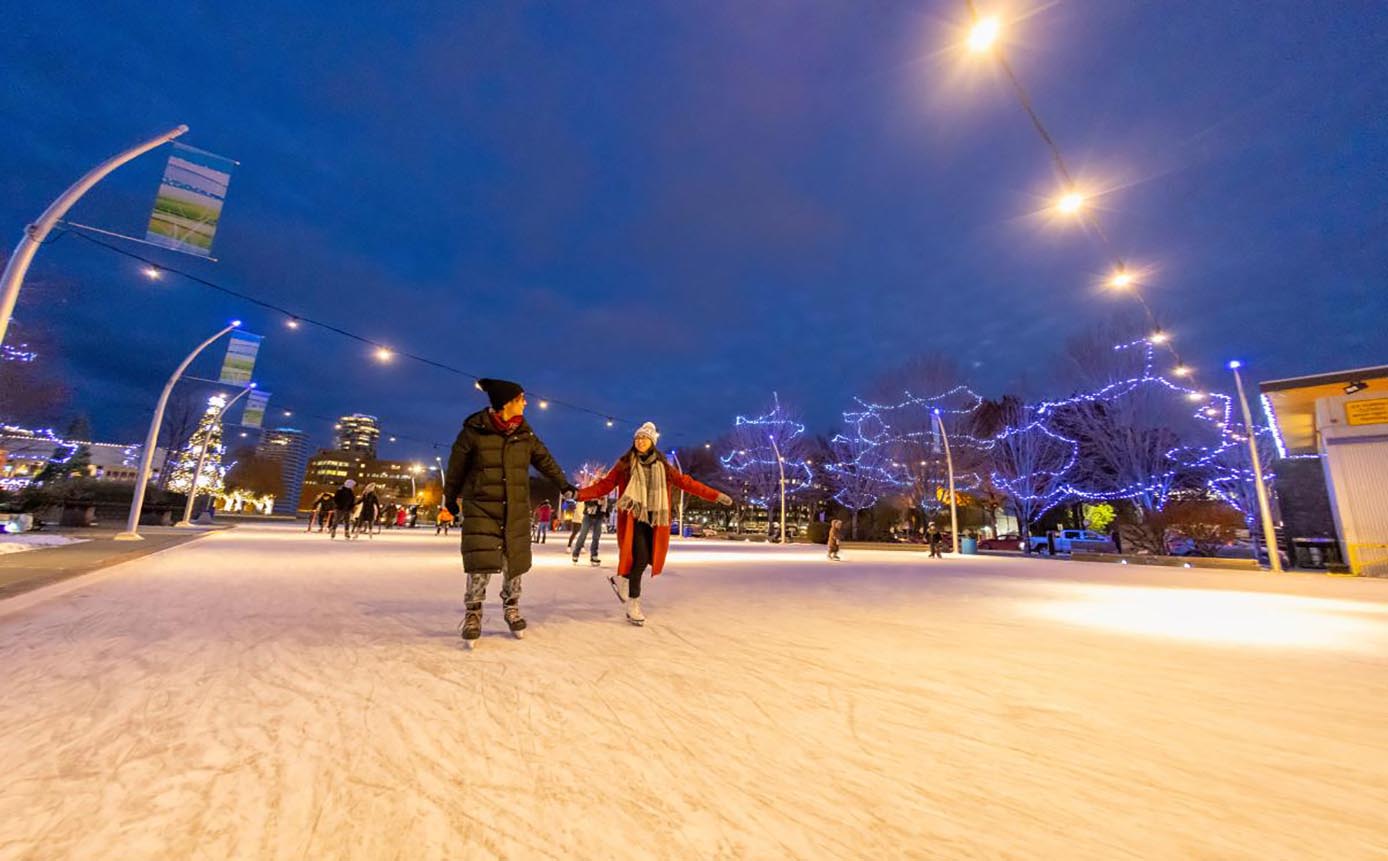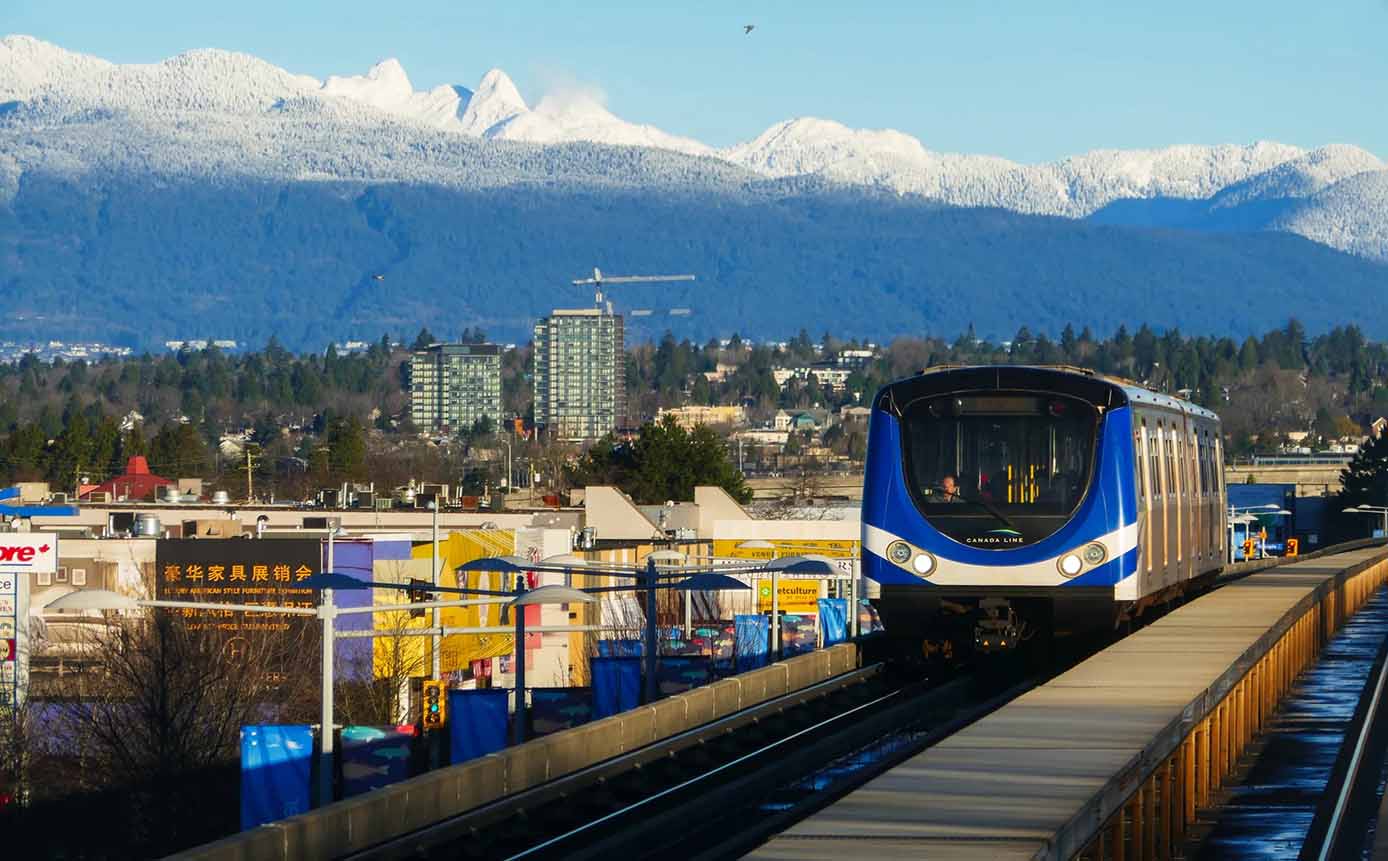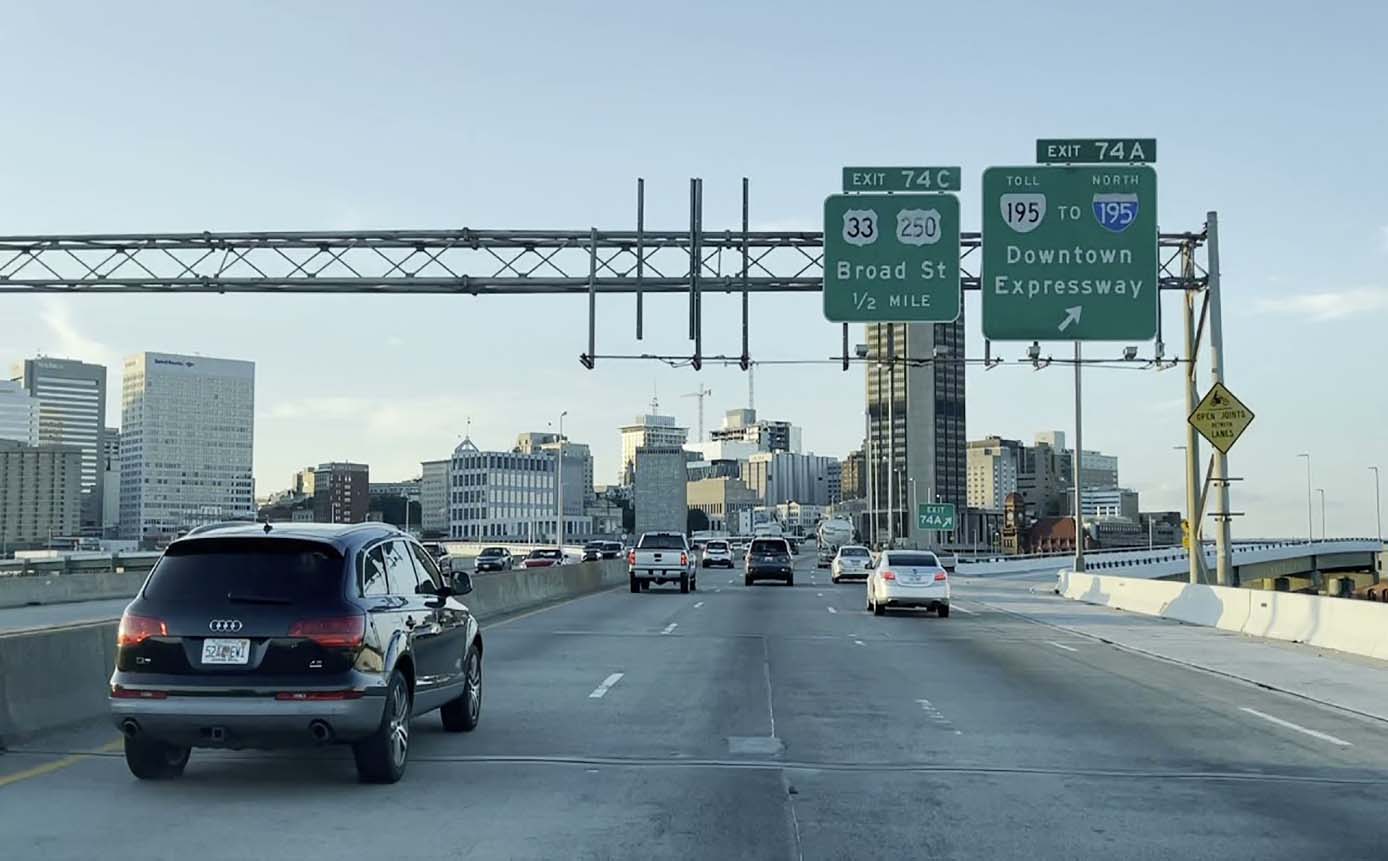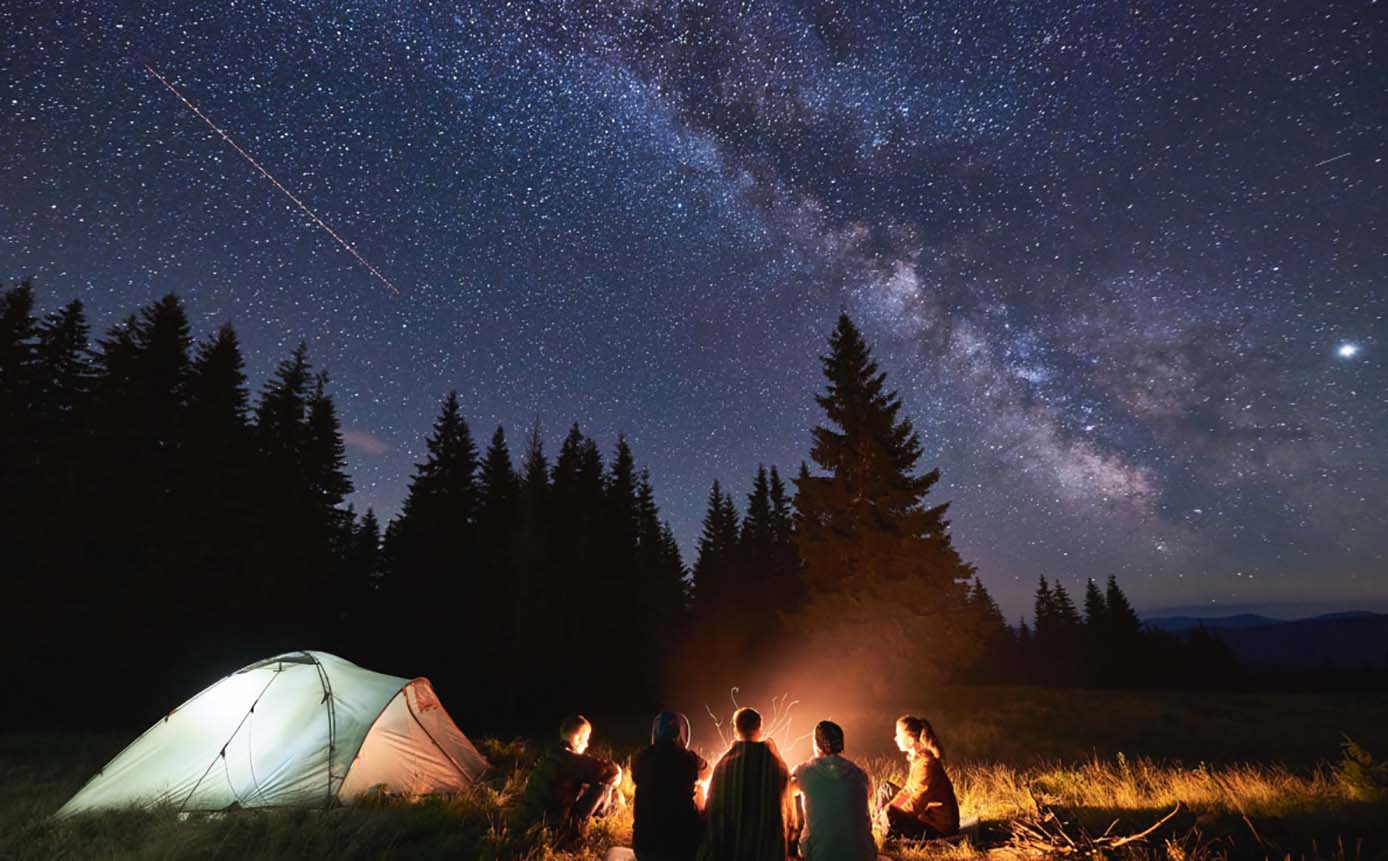When I first set out on a photography trip to Kelowna in February, I didn’t quite know what to expect. February in Canada often conjures images of biting winds and endless snow, but Kelowna, nestled in the Okanagan Valley, has a very different character. The city is framed by mountains, vineyards, orchards, and, of course, the shimmering expanse of Okanagan Lake. In winter, the air is crisp, the light is soft, and a quiet stillness lingers across the valley.
I found Kelowna in February to be a dream. The crowds of summer were gone, leaving room for intimate exploration. Snow dusted the mountaintops, mist hovered above the lake, and the city’s streets had a subdued charm that begged to be photographed. Every corner felt like an invitation to slow down, look closer, and capture something beautiful.
This article is my detailed guide to experiencing Kelowna as a photography destination. I’ll take you through the places that inspired me most, share my impressions, and give you practical tips—covering everything from locations and costs to where to stay, how to book flights and tickets, and which restaurants to warm up in after a day of shooting. Platforms like Expedia.ca, Booking.com, Airbnb, Klook, Viator, and OpenTable made planning seamless, and I’ll explain how they fit into my journey.
The Magic of February – Why This Month Matters
Photography is as much about timing as it is about location. In February, Kelowna has a quality of light that is rare. The sun hangs lower in the sky, casting long shadows and creating golden hours that seem to last forever.
The weather in February is cold but manageable, often ranging between -2°C and 6°C. Snow is not guaranteed at lake level, but the surrounding hills and mountains usually have a soft white cover. This contrast—green vineyards sleeping under frost with snowy peaks in the background—creates compositions that are uniquely Okanagan.
For me, February also meant fewer people in my frames. I could linger with my camera on the Waterfront Boardwalk without dodging summer crowds, or set up my tripod in Kasugai Japanese Garden without worrying about blocking someone’s selfie.
Downtown Kelowna – Streets, Murals, and Winter Light
Bernard Avenue – The Heart of the City
Walking along Bernard Avenue in winter, I felt like I had the city to myself. The avenue, usually bustling in summer, was quiet but alive with small details—steaming cups of coffee in the windows of local cafés, soft light reflecting off snow-dusted rooftops, and murals that added bursts of color against the muted February tones.
Photography Tip: Visit early morning when shopkeepers are setting up. The mix of warm indoor lights spilling into the cold morning air makes for atmospheric street photography.
Kelowna Sails Sculpture (1430 Water Street)
This iconic white sculpture at the entrance to the Waterfront Boardwalk became one of my favorite foreground elements for sunset shots. Against the pastel winter sky, the sails looked almost like abstract brushstrokes.
Cost: Free, always accessible.
Best Angle: Position yourself low to the ground and frame the sails against Okanagan Lake at dusk.
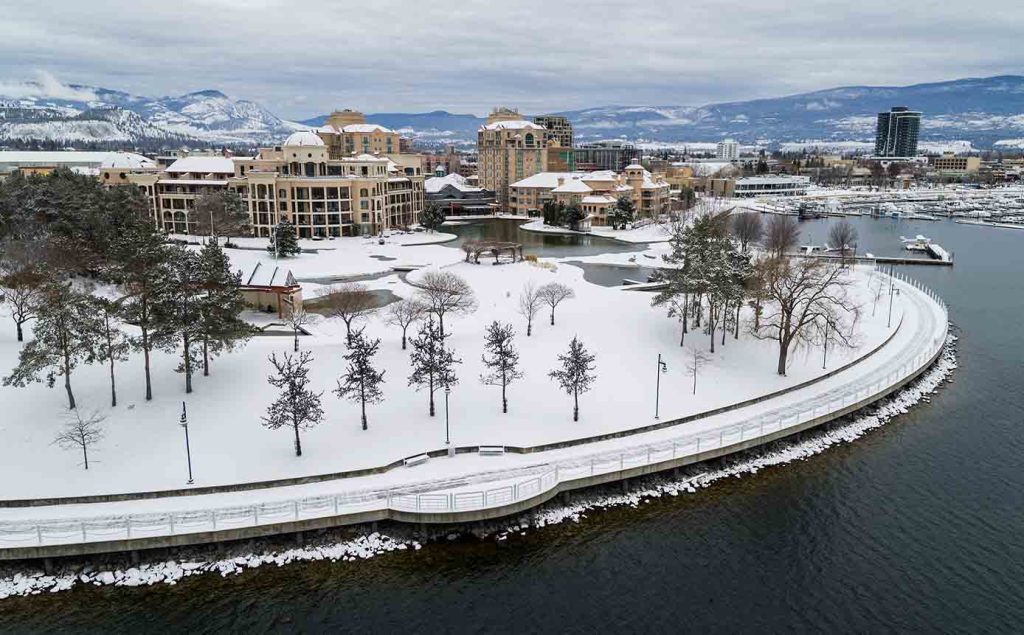
Okanagan Lake – Mist, Reflections, and Stillness
Waterfront Boardwalk
Stretching from City Park to the Delta Hotels by Marriott Grand Okanagan Resort, the boardwalk is a gift to photographers. In February, the lake is often cloaked in mist in the early morning, giving it an ethereal feel.
I spent hours capturing reflections—bare trees mirrored perfectly in the still water, with the mountains rising in the background. The cold air stung my fingers, but the images were worth it.
Cost: Free access.
Photography Tip: Bring a polarizing filter to enhance reflections and cut glare.
Tugboat Bay (1200 Water Street)
Even in winter, Tugboat Bay is photogenic. The sandy shoreline is often empty, and the lake appears vast and silent. One afternoon, I captured a lone gull perched on the icy edge of the dock, the mountains blurred behind it—a perfect minimalist shot.
Kasugai Japanese Garden – A Winter Sanctuary
Hidden behind Kelowna City Hall (1435 Water Street), the Kasugai Japanese Garden is a peaceful escape. In February, the koi ponds are quiet, and the pathways sometimes carry a dusting of snow. The mix of stone lanterns, bridges, and evergreens creates compositions that feel timeless.
Cost: Free admission.
Photography Tip: Visit midday when the winter sun angles through the trees. Black-and-white photography works beautifully here, emphasizing texture and contrast.
Knox Mountain Park – Panoramic Views of the Valley
No photography trip to Kelowna is complete without a climb up Knox Mountain Park (450 Knox Mountain Drive). Even in February, the trails are accessible, though icy in spots. The view from Paul’s Tomb Trail and especially from the Apex Lookout is extraordinary. The entire city sprawls below, the lake curves into the distance, and the mountains frame it all.
I went at sunrise, and the valley glowed in pink and orange light. Standing there, my camera on a tripod, I felt small but deeply connected to the land.
Cost: Free access.
Photography Tip: Use a wide-angle lens to capture the sweep of the lake and mountains. Bring spikes for your boots if snow or ice is present.
Vineyards and Wineries – Sleeping Beauty in Winter
Kelowna’s wineries don’t close in February. In fact, many offer cozy tastings by the fire, and the landscapes are just as beautiful in winter.
Mission Hill Family Estate (1730 Mission Hill Road, West Kelowna)
The architecture here is as photogenic as the wine is delicious. The bell tower rises elegantly against the mountains, and the snow-dusted vineyards stretch endlessly below.
Cost: Tastings start around CAD \$15–\$25. Book on Viator or directly through the winery’s website.
Photography Tip: Shoot at golden hour when the stone walls glow warm against the cold air.
Quails’ Gate Winery (3303 Boucherie Road, West Kelowna)
Known for its sweeping lake views, Quails’ Gate is especially striking in winter. I photographed rows of vines lined with frost, leading the eye toward the lake and the hills beyond.
Photography Tip: Use leading lines—the vineyard rows naturally draw attention into your frame.
Myra Canyon Trestles – History Meets Landscape
Located about 24 km from downtown Kelowna, the Myra Canyon Trestles are part of the historic Kettle Valley Railway. Even in February, the trestles are accessible (though icy), and the views are unbeatable. Wooden bridges stretch across dramatic cliffs, with snowy forests below.
Walking along with my camera, I felt like I was stepping back in time. Each trestle had its own character, and the curves of the railway made for compelling compositions.
Cost: Free access, but parking donations are encouraged.
Photography Tip: Bring a telephoto lens to capture details of the bridges and cliffs.
Practical Travel Planning
Flights and Transport
I booked my flight into Kelowna International Airport (YLW) through Expedia.ca, bundling it with a rental car. A car is essential in February—public transport is limited, and many photography sites are best reached by driving.
Accommodation
For central convenience, I used Booking.com to stay at the Delta Hotels by Marriott Grand Okanagan Resort, right by the lake. On another trip, I opted for an Airbnb cabin outside the city, which gave me access to rural landscapes perfect for sunrise shots.
Tickets and Experiences
For winery tours and bundled activities, I relied on Klook and Viator. Both platforms made it easy to compare options and secure spots, even in the quieter season.
Dining
After long cold days, I used OpenTable to book restaurants without worrying about wait times. Raudz Regional Table (1560 Water Street) became a favorite, offering hearty local dishes in a cozy setting.
Photography Gear and Tips
- Lenses: A wide-angle for landscapes, a prime lens for low-light city shots, and a telephoto for wildlife or distant views.
- Tripod: Essential for sunrise, sunset, and long-exposure lake photography.
- Filters: Polarizing filter for reflections, ND filter for smooth water effects.
- Clothing: Layers, gloves thin enough to handle camera buttons, and waterproof boots.
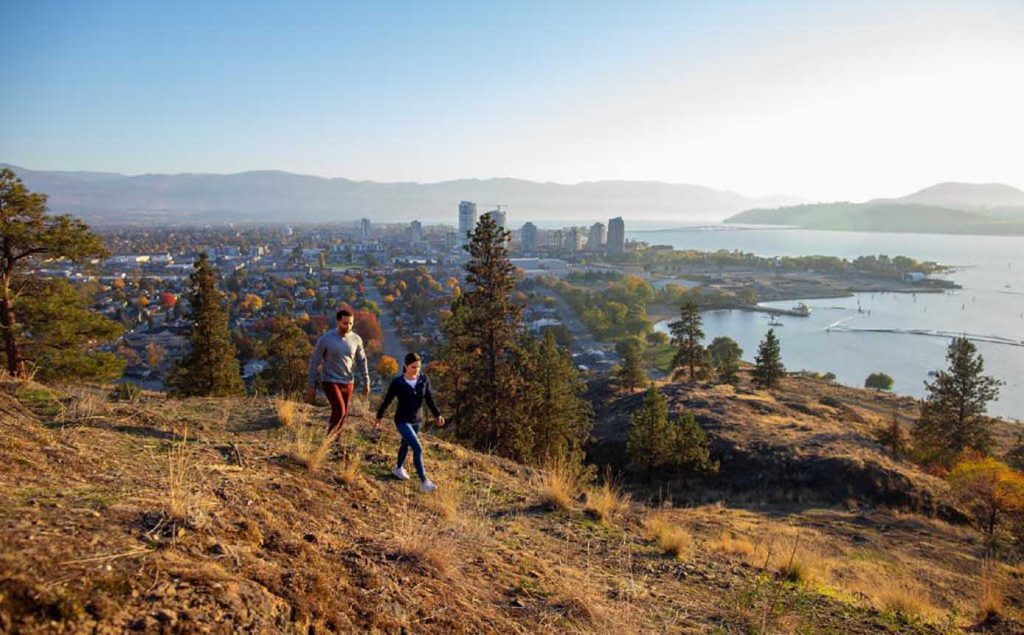
Emotional Reflections – Why Kelowna in February Stays With Me
As I scrolled through my photos back home, I realized that February in Kelowna had given me more than just images. It had offered me quiet. The absence of crowds allowed me to focus, not only on the compositions in my camera but also on the subtle details of the world around me—the way frost clung to a vineyard wire, the way mist rose off the lake, the way the city’s lights glowed warmly at night against the cold.
Photography here wasn’t just about capturing beauty. It was about noticing it. About slowing down, breathing in the crisp air, and letting the landscape tell its story.
Why Kelowna Is a Photographer’s Dream
Kelowna is often celebrated for its summer festivals and wine tours, but in February, it becomes something else entirely: a photographer’s sanctuary. The city’s balance of urban charm and natural majesty offers endless compositions, from quiet streets and frozen vineyards to sweeping mountain panoramas.
If you’re planning your own journey, use Expedia.ca for flights, Booking.com or Airbnb for stays, Klook or Viator for tickets, and OpenTable for meals. With a little preparation, you’ll have everything you need to focus on what matters most—capturing those fleeting moments of winter beauty.
Because in Kelowna, every corner, every shadow, every beam of February light holds the potential for an unforgettable photograph.
